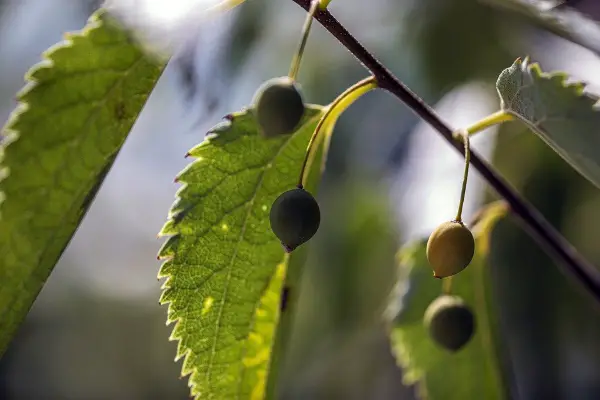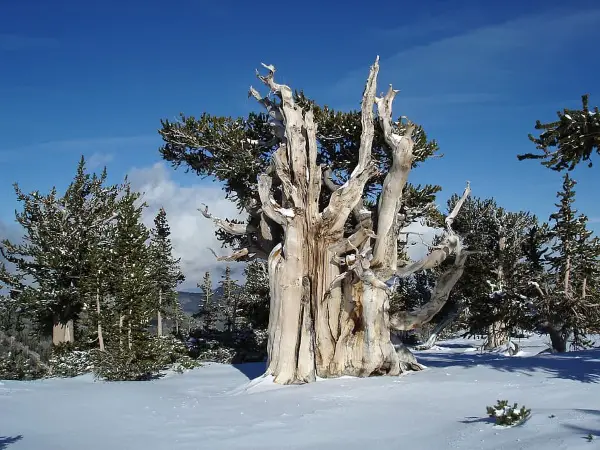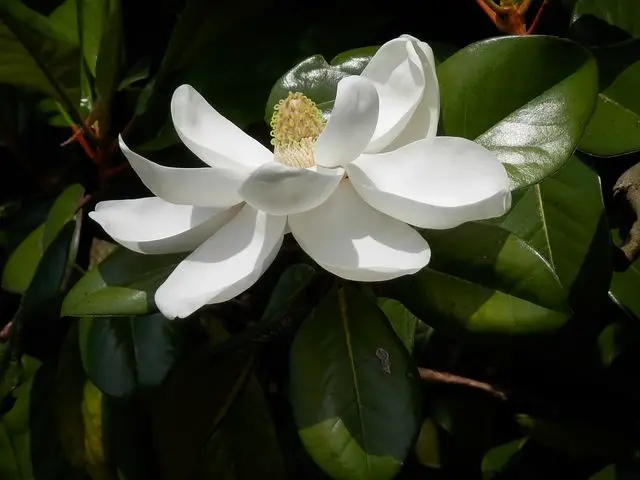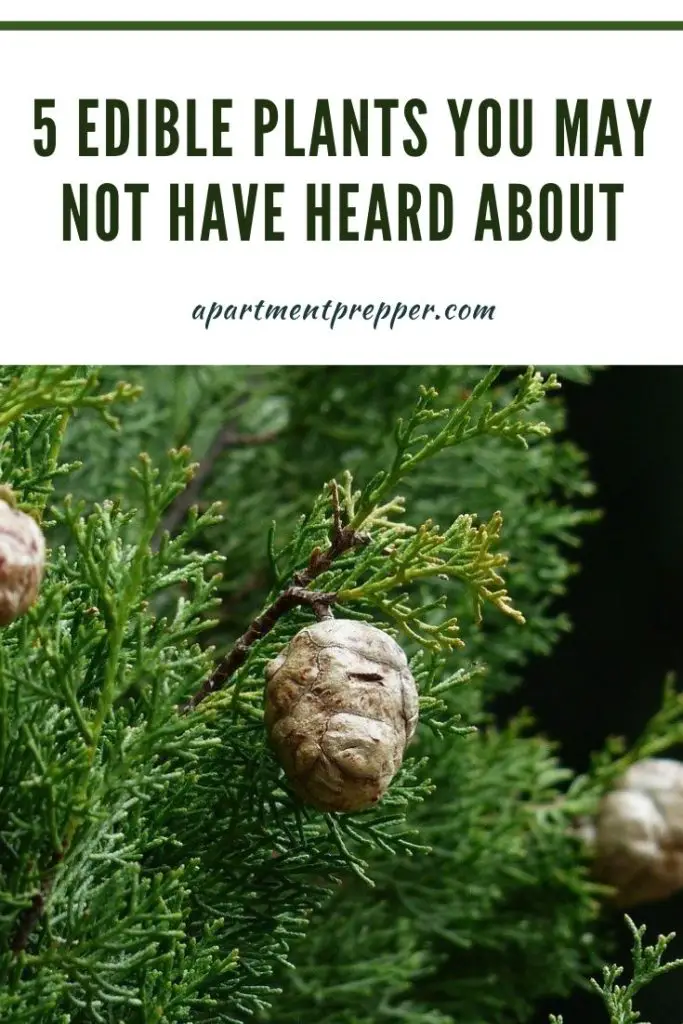by Kyt Lyn Walken
Knowledge weighs nothing. We are all aware of that. But being “creatures of habit” we may need to enlarge our consciousness on what we can do with what we have. Our approach to what we live on daily basis, in fact, is mainly affected by:
– basic awareness
– knowledge
– convenience
and it tends to accomplish one ultimate purpose: being comfortable with what we have and in the circumstances we are actually living.
This makes sense. No one wants to push himself/herself far off our limits. Especially if our desire is to experience some pleasant moments surrounded by the peace of the Great Outdoors.
Indeed, our comfort “bubble” can blow up in a matter of seconds. An unexpected emergency, an injury, a natural catastrophic event. An apparently mishap which quickly turns out to be a potential dangerous situation.
You name it.
In order to handle any menacing state, we need to be prepared. That’s the key.
We need no excuses to postpone our education. We need no excuses to stare into thousands of videos on YouTube or to read manuals and field guides without trying to put into put into action what we wish to master.
In the very same manner, we need no excuses to practice what we learned, and to constantly refresh it.
You are what you know – and what you still don’t
Mastering a skill is far from being an easy task to accomplish.
But if you think in a very elementary way, we all knew how to eat, right?
The main problem, for the majority of people is that… we actually ignore what we exactly put inside our mouth.
There are surely three common reasons behind, like:
– lack of time
– lack of education
– lack of interest
We are moved by necessity, satisfaction, routine. Easy solutions, like deli food, always comes in handy when we don’t want to cook. Or if we never learn how to.
Put bluntly: if we like something, we eat it. That’s the point.
But what if we need to… adapt to the circumstances?
An emergency scenario, in fact, may involve a deficit in terms of food and water availability.
Or, on the opposite, we may have an abundance of food, but still we don’t have any basic knowledge if we really need that food in order to stay healthy.
Think about a potential threatening situation which catches you somewhere in the middle of high mountains.
You may have plenty of veggies, but you may need to fight against freezing temperatures and miserable weather to obtain proteins and fats.
In the unfortunate case you run out – or lose – all your food you should need to rely on what you have at your disposal.
And Nature can be reasonably considered a huge, hyper varied supermarkets which offers you mineral salts, vitamins, proteins, fats.
Even if you aren’t a hunter and you have absolutely no clue on how to set traps or whatsoever.
For this reason it makes sense to start learning how to take advantage of this immense fortune and to know what to look for.
You are what you eat
You don’t need to be a veggie fanatic to recognize between lettuce and beetroot. You know them. You know their taste. Eventually, you also know how to dress (or to cook) them in several ways. But are you aware of varieties of salads? Or potatoes?Your curiosity may lead you to discover new types. And taste.
Let’s see things from a different perspective.
Our ancestors, in fact, were moved by survival necessities. hey took advantage of a multitude of plants and trees in order to gather provisions and they learned how to preserve them. They discovered the pros and cons of each edible plant and they passed down this immense amount of information.
Sad but true, but the majority of the plants our forefathers used to eat have been dismissed throughout the years, due to a lack of demand. In some cases, even due to an over-exploitation of the plant herself. Oat and aloe vera are actually facing the same, dramatic consequences.
You are what you learned to eat
It’s not rocket science to understand that sustainability can pass through our different approach to what we eat. Or to what we need to eat, if caught up in a hazardous situation.
From one side, we are all able to recognize an apple. But are we able to reckon a wild apple tree? Or a wild cherry tree? Or a black walnut tree? Again, are we able to locate them from a certain distance?
Can we know where/how/what to look for?
Are you aware of what you can eat out in the wild?
If the answer is yes, with no shadow of doubt, well, kudos on you.
Beside some popular edible fruits trees we can still find in the Great Outdoors, there are several which suffer from a lack of popularity. Or fortune. Or both.
Generically speaking, they are no more considered “edible”. By that, we refer to the seeds they produce, or to their flowers. In some cases, even to the youngest leaves.
If you consider yourself an enthusiast of the Great Outdoors, you probably ran across into them hundreds of times.
Knowing your backwoods is sure a proper knowledge to have – and to nourish. In fact, a natural habitat may suffer from
– climate change
– deforestation and over-logging
– animals’ behavior changes
and so on.
Some areas which hosted oaks once may have now mesquite trees, which are a very invasive species, parts of the Acacia Family.
So what you were used to see in the past may have been partially – or, in the worst case scenario – completely replaced by others.
Focusing on a bunch of the most common trees you may expect to see quite everywhere isn’t a magic bullet! Birches, for example, cannot simply grow in arid-hot countries.
So you must enlarge your plant and tree ID expertise.
Look around you.
There are trees you have surely seen a lot of times.
But you don’t know anything about them!
You are what you are forced to eat
Here are some common trees most people don’t realize are edible. (Exercise caution if you are pregnant or nursing, as some edible plants are not always safe to consume for pregnant or nursing women)
Taxus Baccata

“Common yew”, “English yew”, “yew” “Tree of death”
Nearly all the parts of this tree are poisonous due to the presence of toxins or alkaloids. But the red, mature aril (the red flesh of the berry which cover the seeds) is not and is rich in antioxidants. You don’t need to peel the berry: just wash it and carefully remove (and discard) the inner seed. You shouldn’t have any issue in recognizing the tree, because it is pretty common, even in any urban environment.
You can find Taxus Baccata up to an altitude of 4600 feet.
Celtis australis

“European nettle tree”, “Mediterranean hackberry”, “Lote tree”, “Honeyberry”
Native to Asia, Southern Africa and the Mediterranean area, this tree can be easly spot in cooler climates, inside urban/suburban areas as well as in the woods.
The fruit itself consists of a tiny, dark-purple berry which is considered a drupe.
They hang in short clusters. Fruits are edible and they are sweeter than almonds, although smaller. You just need to remove to open the drupe and get the fruit out of it. As any other nut, you don’t have to wash it and the fruit, as natural vegetable protein, is good for anyone.
Pay attention to the fact that Celtis Australis is very similar to Ulmus minor (Elm).
Elm bark, once cut into thin strips and boiled, is edible.
Cupressus

“Cypress”
Even if there are several species inside the Family of Cuprissacea, a lot of people ignore that leaves and young twigs can be boiled to create infusions, but, with small dosage, as a dressing for salads, omelettes, roast beef and so on.
The use of Cypress is not recommended to pregnant women and anyone suffering from kidney problems.
A similar tree is Thuja, native to Great Lake District and Alaska.
Pinus longaeva

“Great Basin bristlecone pine”, “Intermountain Bristlecone Pine”, “Western Bristlecone Pine”.
Native to Utah, Nevada and California, these spectacular trees produce cones which are filled with nuts which are totally edible and rich in nutrients, especially mineral salts and proteins. It is easy to recognize even at considerable distance.
Remove carefully the drupe and eat only the inner fruit. Be careful if you have any intolerance to nuts. Otherwise, nuts are exceptional vegetable proteins!
Magnolia grandiflora

“Southern magnolia” or “Bull bay”.
Native to Southeastern States from Virginia to East Texas and Central Florida, they are mostly cultivated for the beauty and the pleasant smell of their flowers. Indeed they are edible too. They are easy to recognize among other trees due to the massive presence in urban areas.
You can mostly find them in woods in the nearby of cities, so they could be considered a good food for an “grab and go” scenario. You need to wash the petals and eat only the petals.
“[…] however their flavor is intense and they taste similar to how they smell. They are not eaten raw per se. They are pickled. Oddly the practice started in England and you only use the petals, not the entire blossom. What works best is to pickle the petals in a sweet/sour pickle recipe. Then take out one petal, dice it, and use it sparingly as a flav/oring in salads. The flavor is strong so go easy. Also, M. grandiflora‘s leaf can be used just as Magnolia virginiana‘s can as a bay leaf, that is to flavor soups and the like. However, don’t use the entire leaf because it is way too big. Cut it into smaller pieces when used like a bay leaf.[…]”
(Green Dean, “Eat the weeds“).
Magnolia is generally well tolerated by healthy adults. Limited research has shown that possible side effects could include thyroid problems, heartburn, shaking hands, fatigue and headaches, as well as dizziness. Do not consume during pregnancy, when you are about to have surgery, or while taking anticoagulants as its active ingredients limits blood clotting.
About the author:
Kyt Lyn Walken is Official Representative and Instructor for Hull’s Tracking School (Virginia) and Antipoaching Certified Ranger for Conservation Rangers Operations Worldwide Inc. (Colorado).
She’s a long time Prepper and Survivalist and she wrote several articles and essays on this topic.
We are an affiliate of Amazon.com, which means we received a small commission if you click through one of our Amazon links when you shop, at totally no cost to you. This helps keep the lights on at the blog. Thanks!



2 comments